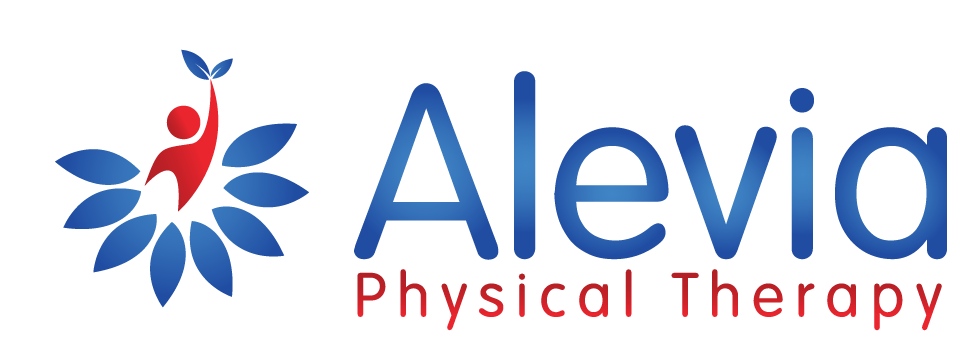Happy, Healthy Holidays
The holiday season is a busy and exciting time of year! Between shopping, parties, traveling, and visiting family, it's easy for your regular health routines to fall by the wayside.
Research has shown that physical activity levels tend to decrease the most after holidays. That's why it's essential to prioritize your health this time of year. Regular movement can help reduce holiday stress and keep you feeling your best.
Some of the key benefits of maintaining your fitness routine:
Stress Management
The holidays bring a lot of added demands on your time and energy. When you’re active, your body releases endorphins that can lift your spirits. Making time to be active, even just a little bit each day, can go a long way in keeping you peaceful and centered.
Immune System Support
Cold and flu season ramps up during the winter months. Staying active supports your immune system and makes you less susceptible to holiday illnesses that could derail your plans.
If you need help establishing a routine of activity, consider talking to your physical therapist. They can create a customized fitness plan to help you stay on track, even with a busy holiday schedule. Physical therapists can teach you exercises you can do at home and provide tips for fitting activities into your day.
Here are a few quick tips to help you stay active this holiday season:
Schedule your active times like any other important appointment, and don't cancel them.
Find ways to be active with friends and family, like going for a walk after a meal.
Keep equipment like weights or a yoga mat accessible and ready to use.
Park further away from stores and buildings to get in extra steps.
Don't let the hustle and bustle of the holidays derail your health and fitness goals. With a bit of planning and creativity, you can maintain your routine and enjoy a happier, healthier holiday season.
References Research:
1) Fredslund EK, Leppin. A Can the Easter break induce a long-term break of exercise routines? An analysis of Danish gym data using a regression discontinuity design. BMJ Open 2019;9:e024043. a) https://bmjopen.bmj.com/content/9/2/e024043.citation-tools
2) Henk Aarts, Theo Paulussen, Herman Schaalma, Physical exercise habit: on the conceptualization and formation of habitual health behaviours, Health Education Research, Volume 12, Issue 3, September 1997, Pages 363–374 a) https://doi.org/10.1093/her/12.3.363
3) Enjoyment as a Predictor of Exercise Habit, Intention to Continue Exercising, and Exercise Frequency: The Intensity Traits Discrepancy Moderation Role a) https://www.frontiersin.org/articles/10.3389/fpsyg.2022.780059/full
4) Marilyn Moffat, Stefan Hegenscheidt, Shamay Ng, Duncan Reid, Nirit Rotem-Lehrer & Mark Tremblay (2012) Evidence-based exercise prescription: raising the standard of delivery, International Musculoskeletal Medicine, 34:1, 21-36, a) https://www.tandfonline.com/doi/abs/10.1179/1753615411Y.0000000016 Articles/Content
1) Physical Therapy for Exercise a) https://www.choosept.com/health-centers/exercise
2) Exercise Videos from Physical Therapists a) https://www.choosept.com/health-tips/exercise-videos-physical-therapists
3) Stressed during the Holidays a) https://www.nytimes.com/2022/12/02/well/move/holiday-stress-exercise.html

